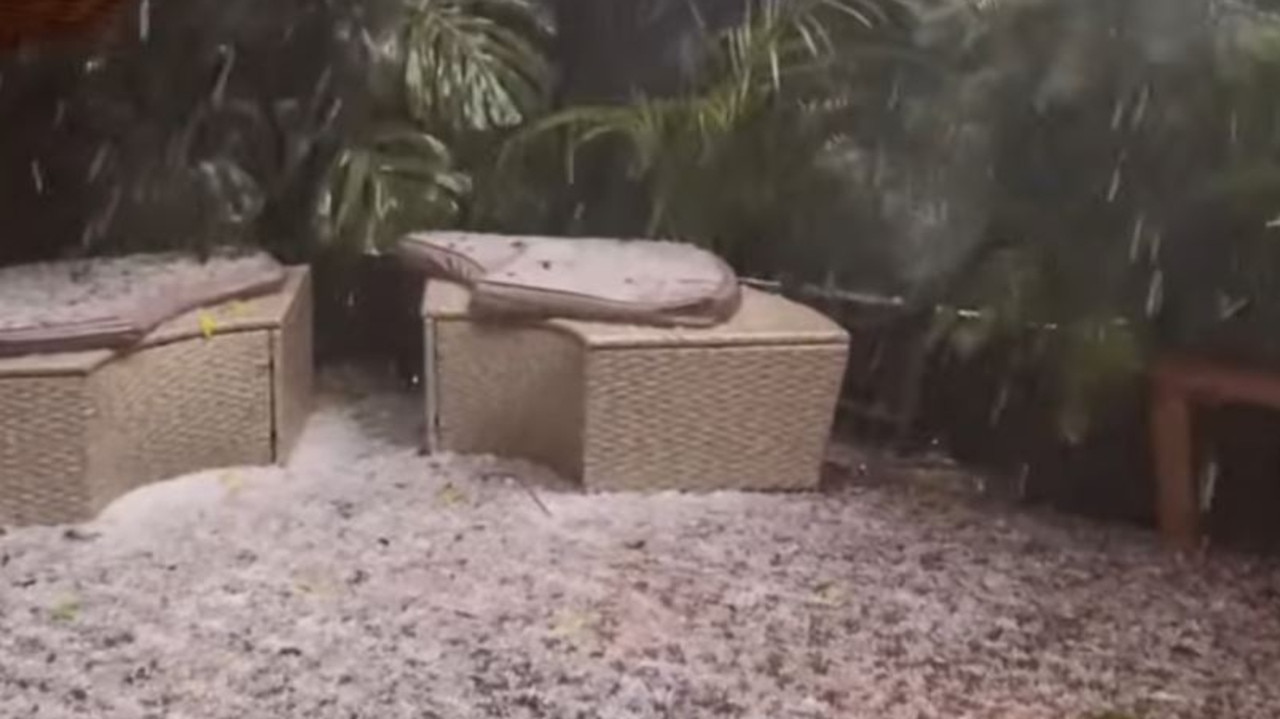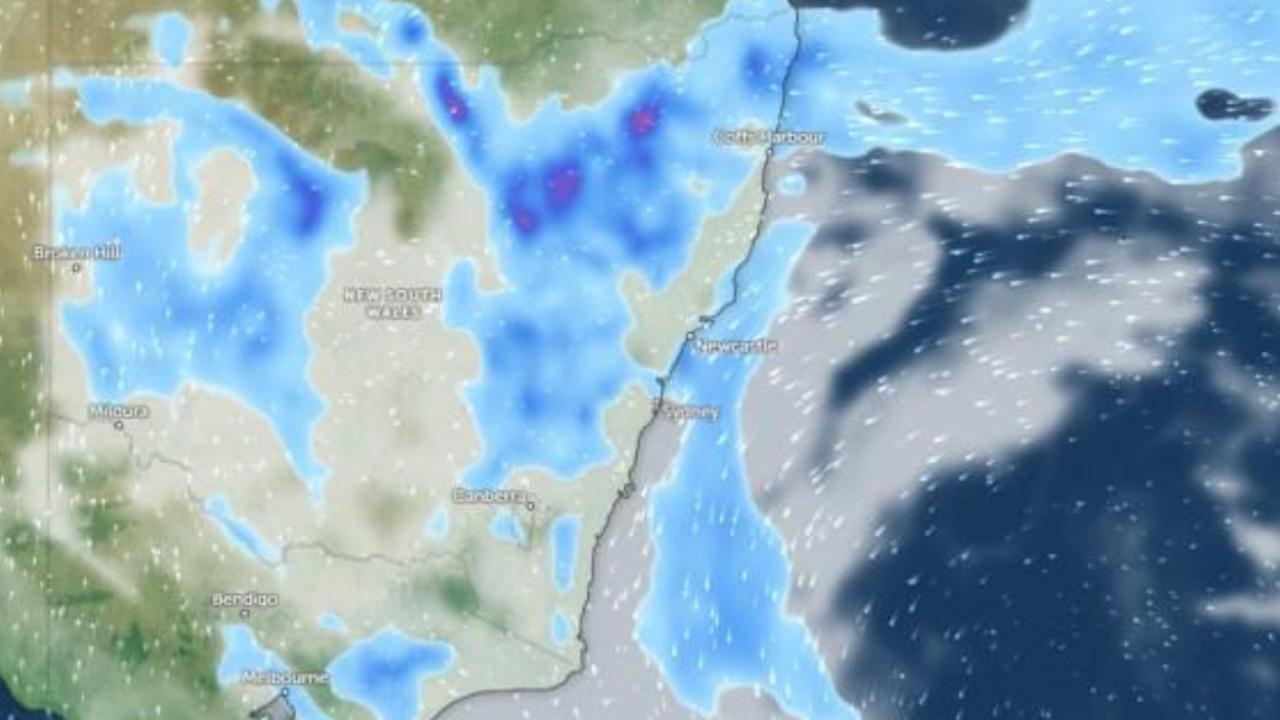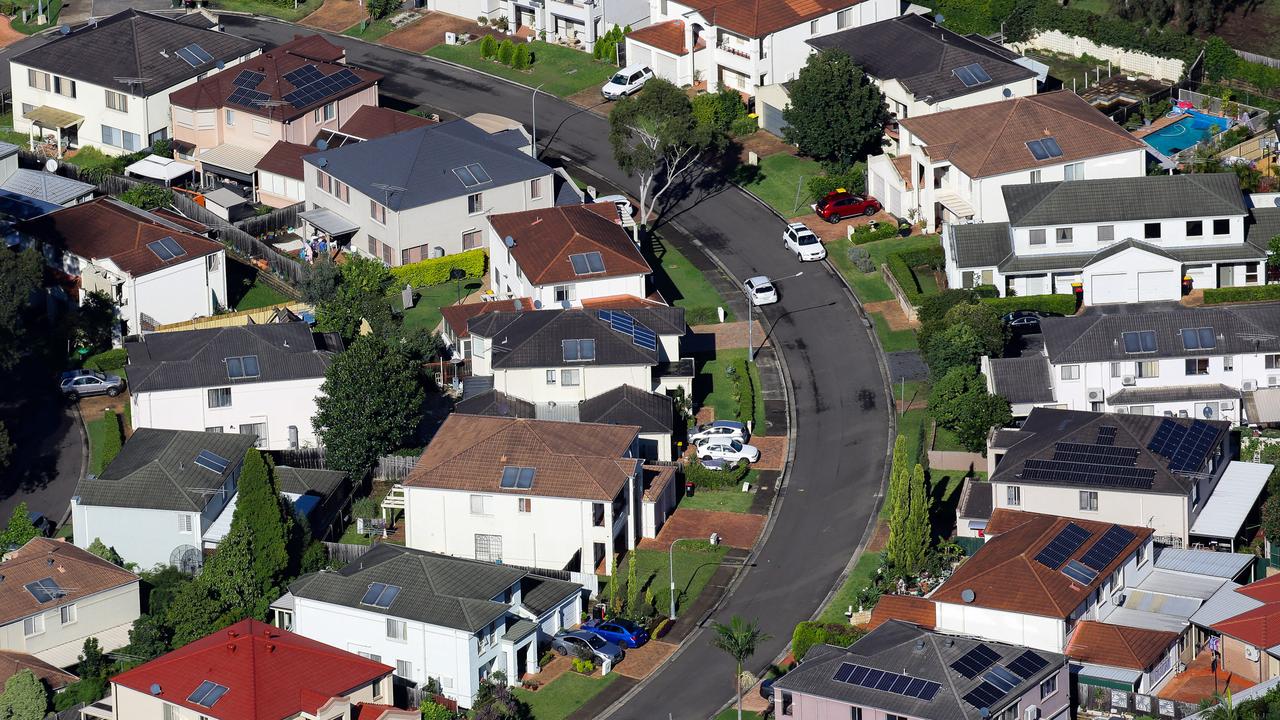Massive solar storm gives local photographers stunning shots of Aurora
A powerful solar storm has given Australian photographers a chance to record their piece of a beautiful phenomenon. | WATCH
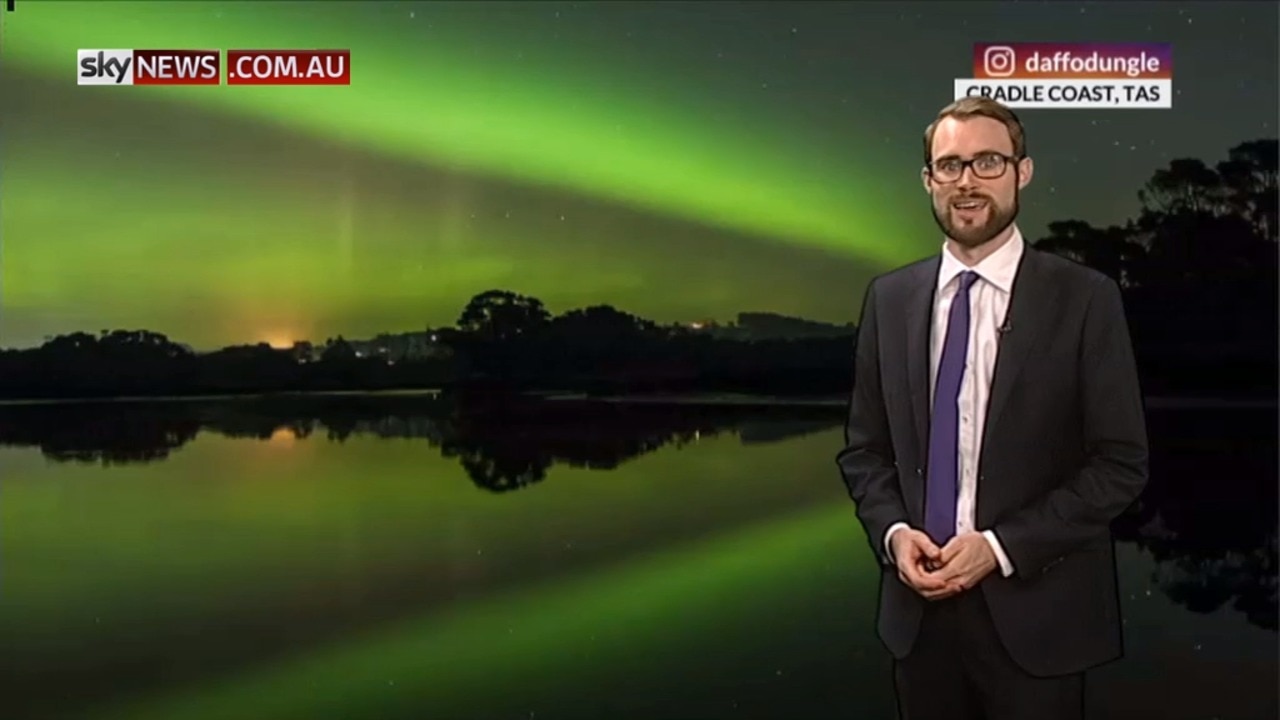
Environment
Don't miss out on the headlines from Environment. Followed categories will be added to My News.
The dazzling southern lights have been captured in Australian skies as the auroras Australis and Borealis, the southern and northern atmospheric lights respectively, wowed photographers and stargazers in both hemispheres.
The Bureau of Meteorology had issued an elevated geomagnetic storm warning on Friday to arrive about 8pm AEST, which resulted in bright auroras being visible at unusually low latitudes (closer to the equator).
A geomagnetic storm alert has not been issued since 2005. Such storms can interrupt satellite communications and electricity supplies, but there have been no reports of disruption so far.
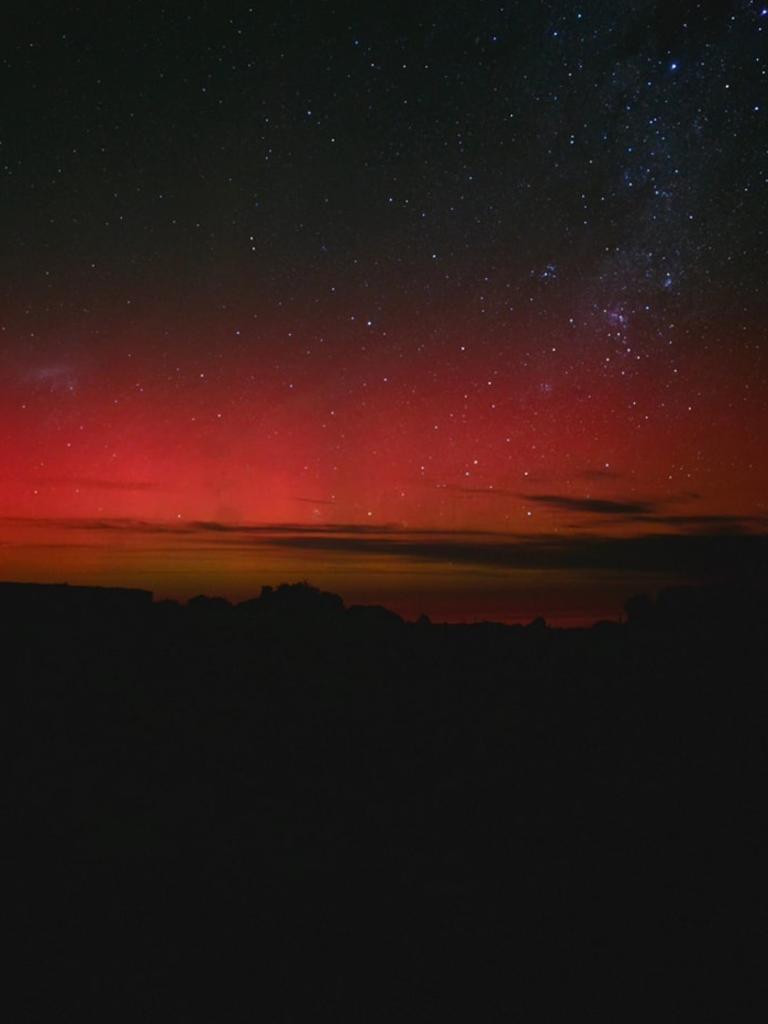
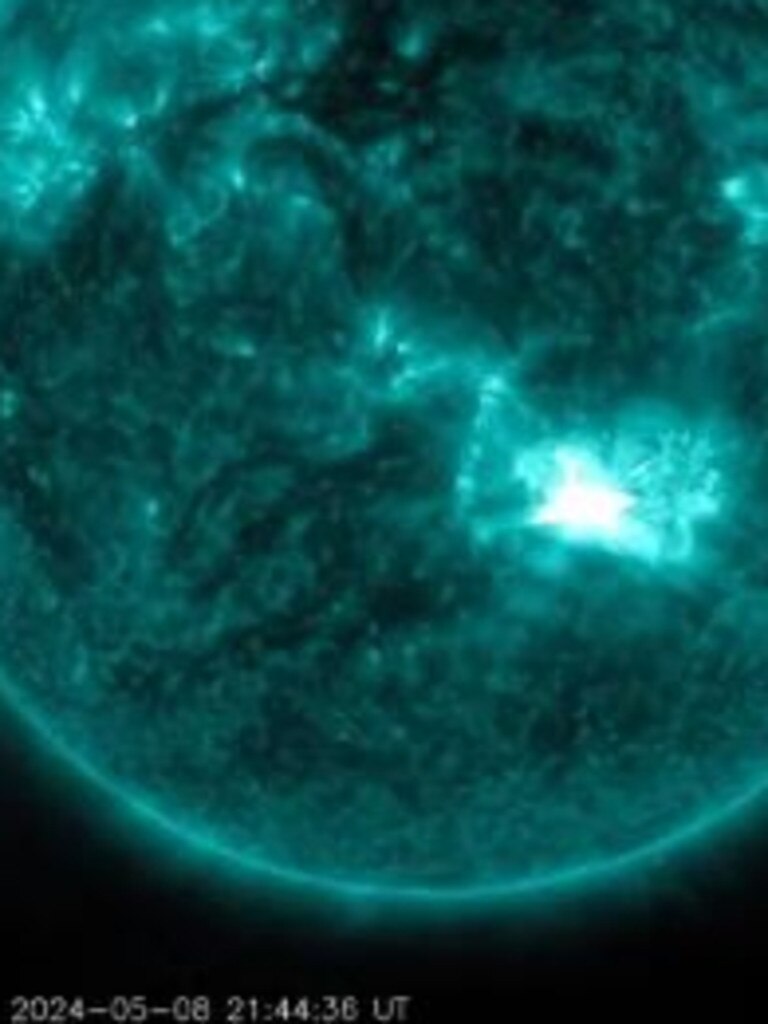
The warning was for a G4 (severe) storm which is a measure of global geomagnetic activity, which refers to fluctuations in Earth’s magnetic field across the globe.
The fluctuations are sparked by the Sun erupting bursts of plasma and magnetic energy, known as coronal mass ejections. A series of solar flares and coronal mass ejections began on Wednesday.
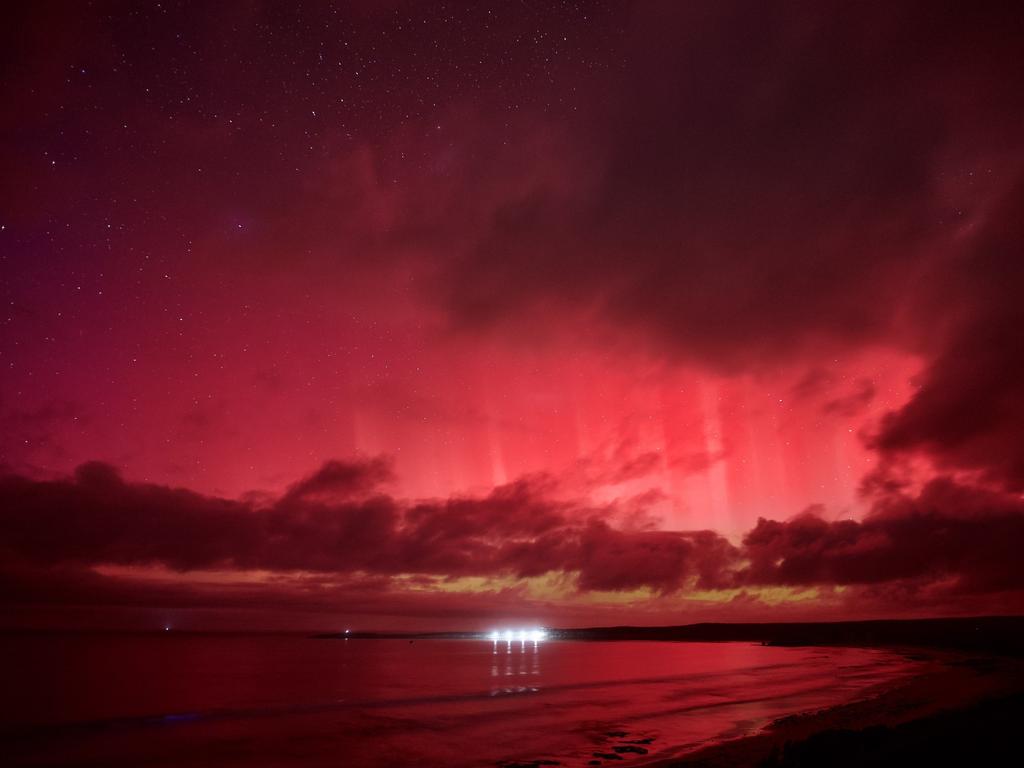
The disruptions interact with the Earth’s ionosphere, and give off a glow around the North and South poles. Such storms increase people’s chances of seeing the aurora lights.
But a strong geomagnetic storm brings the possibility of seeing the Aurora Australis as far north as Sydney and Perth, mostly in dark sky environments away from cities.
Incredibly, one photographer posted a picture of the phenomenon taken in Karratha in WA’s Pilbara region, which is further north than Mackay in Queensland.

The bureau predicts slightly reduced geomagnetic conditions are likely to continue through to Sunday morning.
The unusually low latitude visibility gave South Australians the chance to see the lights as well.
Photographer Linda N Irwin-Oak found a celestial sweetspot early Saturday morning on Kangaroo Island in South Australia, which sits about the same latitude as Albury-Wodonga.

Sean O’Riordan staked out his composition about an hour’s drive outside Hobart on Saturday morning, and waited for the electromagnetic alert to tell him it was time to go.
Mr O’Riordan told News Corp he had shot the northern lights in Ireland but been chasing the southern equivalent.
“So many variables have to line up and you need a lot of luck too,” he said.

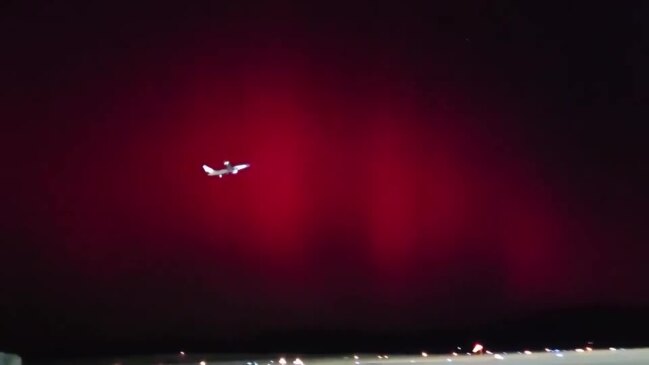

Originally published as Massive solar storm gives local photographers stunning shots of Aurora



